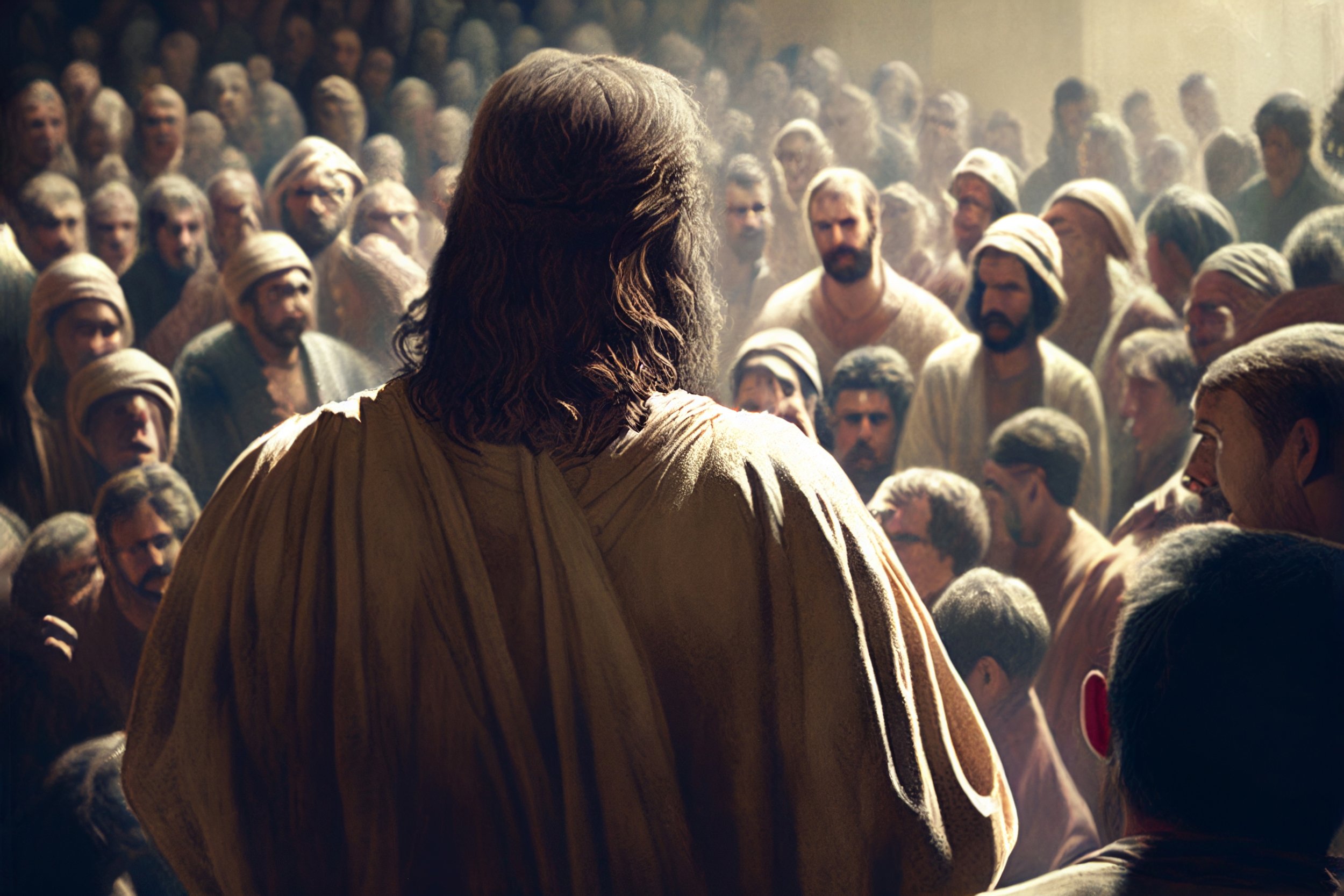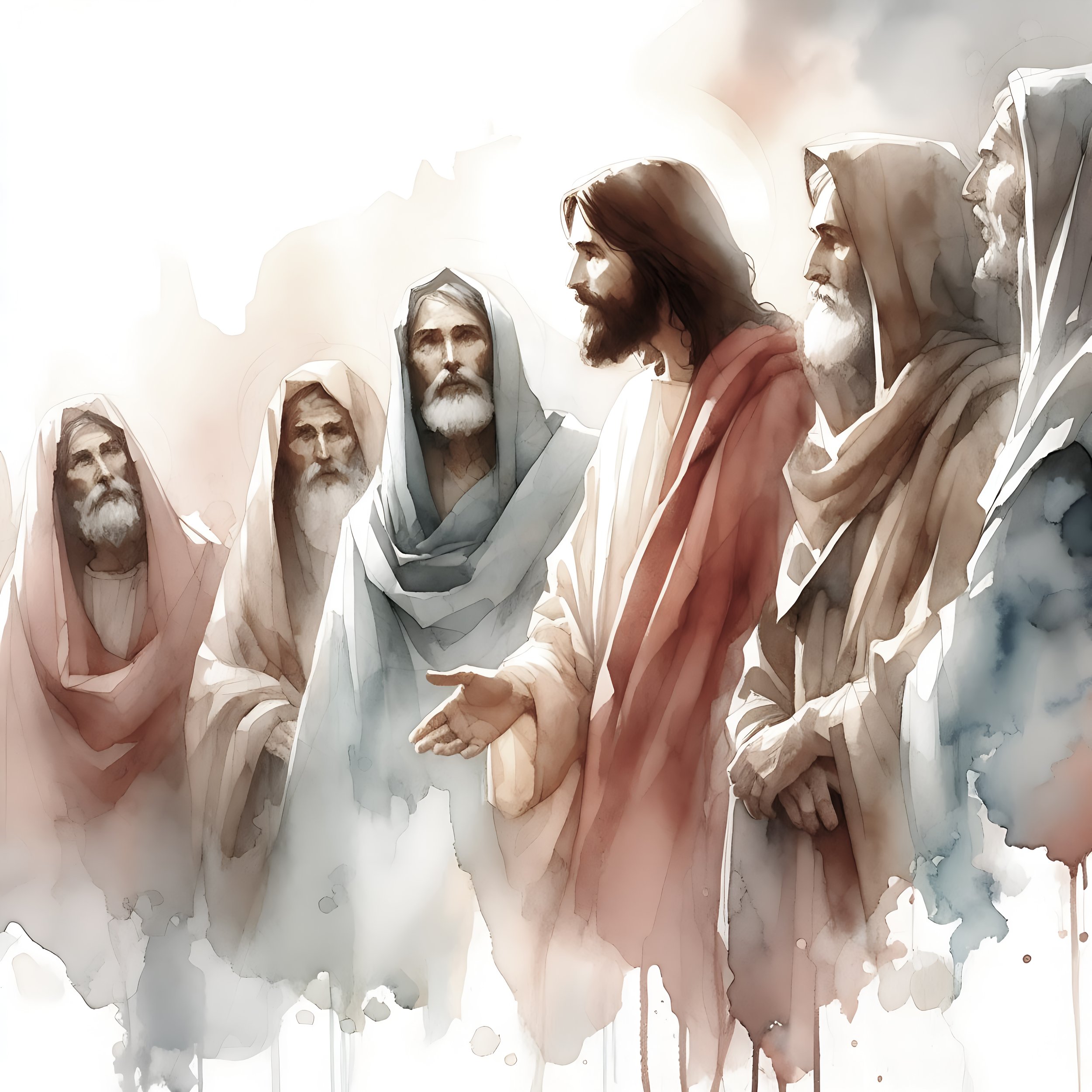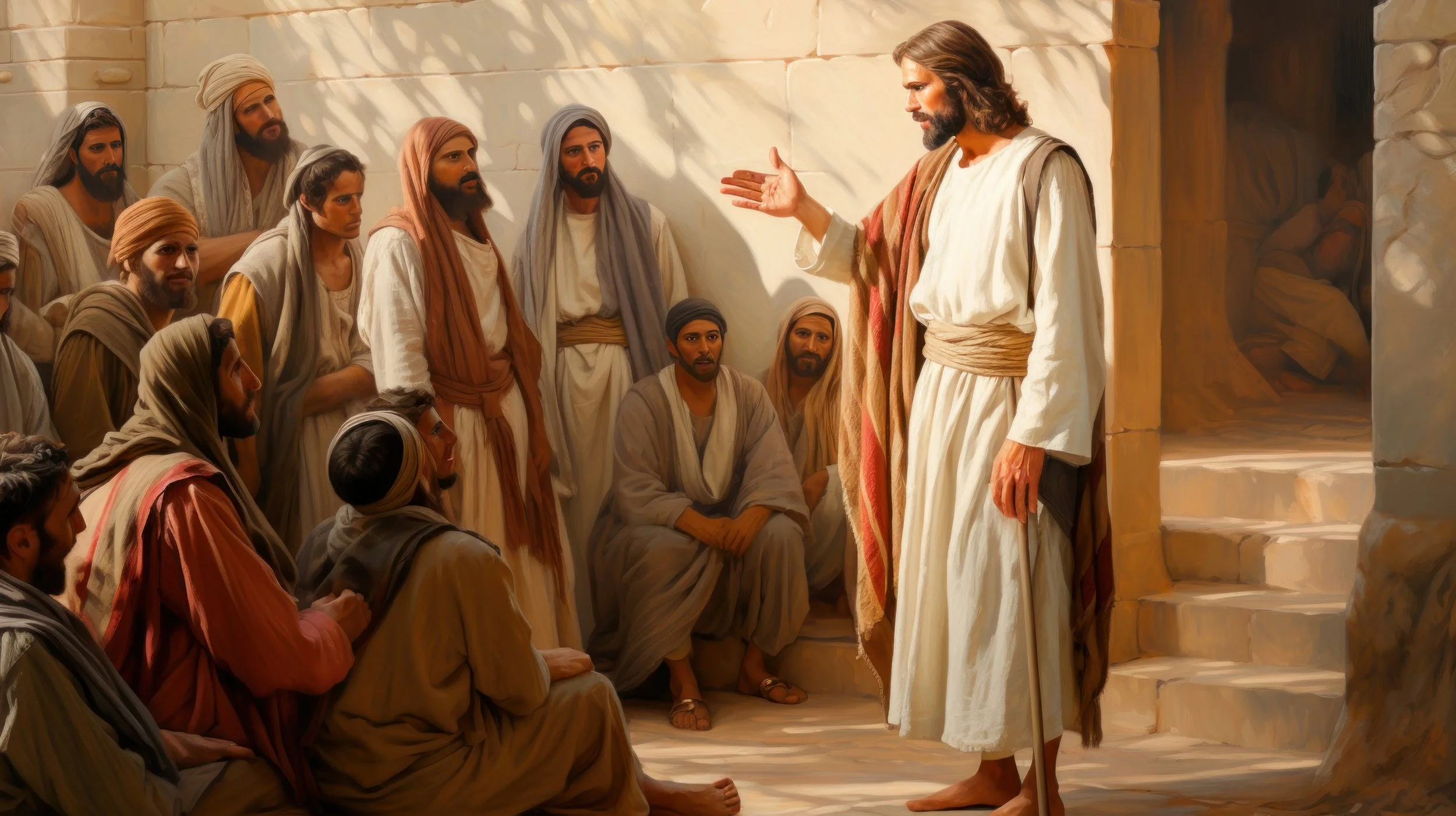
Unveiling the Name: The Hebrew Roots of the Name Jesus and Significance
Understanding the name of Jesus involves tracing its origins from Hebrew to English. The original Hebrew name, Yeshua, carries profound significance lost in translation. The Hebrew Gospel of Matthew, rediscovered in the Middle Ages, preserves this original form, offering insights into the biblical context and the rich, inherent meaning of Jesus' name. This exploration underscores the deep connection between the name Yeshua and the divine promise of salvation, highlighting the enduring faithfulness of God to His people.

The Jewish Jesus
Jesus of Nazareth was a first-century Jewish man, teaching and living among His own people, affirming the scriptures of Israel while unveiling the fulfillment of God’s promises. Far from starting a new religion, Jesus' mission was deeply intertwined with the covenant story that began with Abraham. To truly understand His words and the Gospel message, we must see them through the lens of Jewish thought and prophecy. Only then can we fully appreciate how His life and ministry confirm and advance the ongoing narrative of redemption that spans from Genesis to the New Testament.

Rabbi Yeshua’s Relationship to the Torah
Yeshua, the Jewish Messiah, did not come to abolish the Torah but to fulfill and uphold it. For centuries, much of Christianity has misunderstood His mission, believing that His death and resurrection canceled the Torah and replaced it with a new law. However, Yeshua's own words and actions reveal His deep commitment to the commandments and His intention to establish them, not discard them. By embracing His Jewish identity and understanding His teachings in their rightful context, we uncover a richer and more accurate perspective of the Gospel, rooted in the unchanging truth of the Torah.

Did Yeshua Break the Torah?
Yeshua’s apparent conflicts with the religious leaders over the Sabbath were not about disregarding the Torah but emphasizing its deeper purpose. While He healed on the Sabbath and defended His disciples’ actions, Yeshua upheld the principle that preserving life and alleviating suffering take precedence over strict Sabbath observance. This lesson explores the cultural and legal context of these moments in the Gospels, revealing that Yeshua did not break the Torah, but fulfilled it by teaching that the true intent of the law is rooted in love and compassion.

The Beatitudes
The Sermon on the Mount begins with the Beatitudes, where Jesus blesses the poor in spirit, those who mourn, the merciful, the pure in heart, and others. These blessings are deeply rooted in biblical and rabbinic traditions and are best understood within a first-century Jewish apocalyptic framework. In this context, the Beatitudes reflect the hope of the coming Messianic kingdom and the final judgment. Rather than serving as simple moral guidelines for the present age, they emphasize the future reversal of values in God's kingdom, where those who are humble, downtrodden, and faithful in this age will be rewarded in the age to come. Jesus contrasts these blessings with warnings or woes to those who find comfort and satisfaction now, highlighting the divine reversal that will occur at the end of days. The Beatitudes ultimately call for a response of humility, faith, and anticipation of the future kingdom, urging disciples to live in light of the age to come rather than the present world.

Introduction to the Parables of Jesus
In this lesson, we explore the importance of interpreting Jesus’s parables through the lens of a first-century Jewish context, emphasizing their deep roots in Jewish eschatology and prophetic tradition. By understanding the parables as part of this established framework, rather than as new spiritual revelations, we can more accurately grasp their intended message. The lesson also highlights the dangers of misinterpretation that arise when the biblical narrative is removed from its original context, underscoring the need to maintain this foundation to fully appreciate the depth and purpose of Jesus’s teachings.

Using Second Temple Literature to Interpret the New Testament
In this lesson, we explore how understanding the cultural and religious context of first-century Judaism helps clarify key biblical concepts. While the Bible is our primary source, extra-biblical texts from the Second Temple period, such as the Dead Sea Scrolls, offer invaluable insights into terms like "kingdom of heaven" and "works of the law," which were commonly understood by the original audience but are less familiar to us today. By studying these sources, we bridge the cultural gap, avoiding circular reasoning and gaining a deeper appreciation for the worldview that shaped the New Testament. This approach enhances our ability to interpret Scripture faithfully while honoring its divine inspiration.

The Cross in the Light of Jewish Apocalyptic Hope: Bridging Salvation and Future Judgment
The cross of Christ is not just a symbol of personal salvation but a pivotal part of the Jewish apocalyptic narrative, pointing toward God's future judgment and restoration. In this teaching, we explore how the early Jewish understanding of the cross ties directly into the hope of the coming day of the Lord, the resurrection, and the two ages. By reframing the cross within this context, we not only highlight its significance in God's redemptive plan but also show how it prepares believers to stand justified at Christ's return, aligning salvation with the unfolding of history.